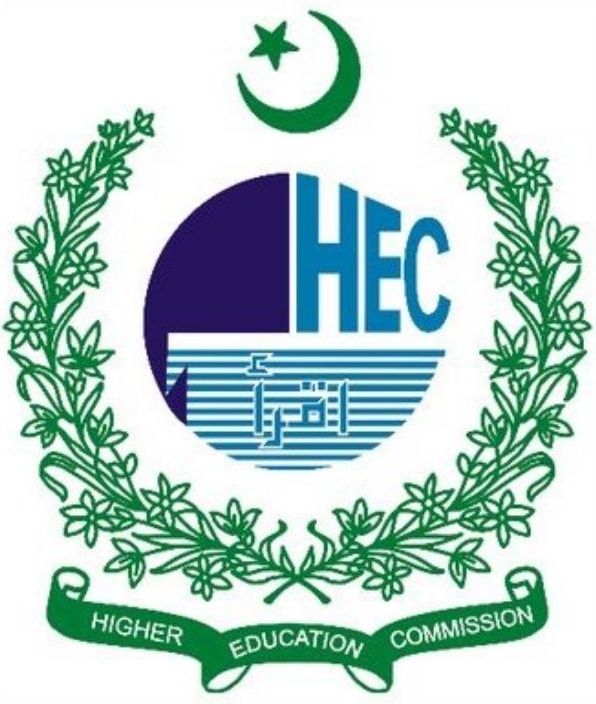Green or Grey? Assessing the Environmental Impact of China’s Belt and Road Initiative in Europe
DOI:
https://doi.org/10.69671/socialprism.2.2.2025.41Keywords:
Belt and Road Initiative, Europe, environmental governance, sustainability, green technologies, climate changeAbstract
China’s Belt and Road Initiative (BRI), introduced in 2013, stands as the largest infrastructure development effort of the twenty-first century, creating transport, energy, and trade corridors that connect Asia, Africa, and Europe. Although the BRI offers prospects for economic expansion and greater regional interconnectedness, its environmental consequences—especially within Europe—have become a major point of discussion. Given Europe’s stringent environmental laws, varied ecosystems, and strong climate objectives, questions have emerged regarding the alignment of BRI projects with sustainability targets. This research examines the dual nature of the BRI’s presence in Europe—evaluating whether it serves as a sustainable, “green” vehicle for investment and innovation or a “grey” driver of ecological harm. Through qualitative methods and thematic interpretation of interviews with specialists, this article identifies both the environmental dangers and possibilities inherent in the initiative. The results indicate that although the BRI may facilitate collaboration in renewable energy, knowledge exchange, and sustainable practices, it also introduces considerable risks such as increased carbon output, harm to biodiversity, ecosystem disruption, and continued reliance on fossil fuels. Additionally, inconsistencies between BRI developments and EU environmental regulations present further obstacles to sustainable execution. The study concludes that the BRI embodies a conflict between developmental and ecological priorities in Europe, underscoring the necessity for stronger policy mechanisms, international environmental cooperation, and engagement from civil society. Policy proposals include harmonizing regulatory benchmarks, implementing thorough and transparent impact evaluations, and integrating eco-friendly technologies in upcoming BRI endeavors.
Downloads
Published
Issue
Section
License
Copyright (c) 2025 Muhammad Shahiryar, Dr. Robina Khan (Author)

This work is licensed under a Creative Commons Attribution 4.0 International License.







